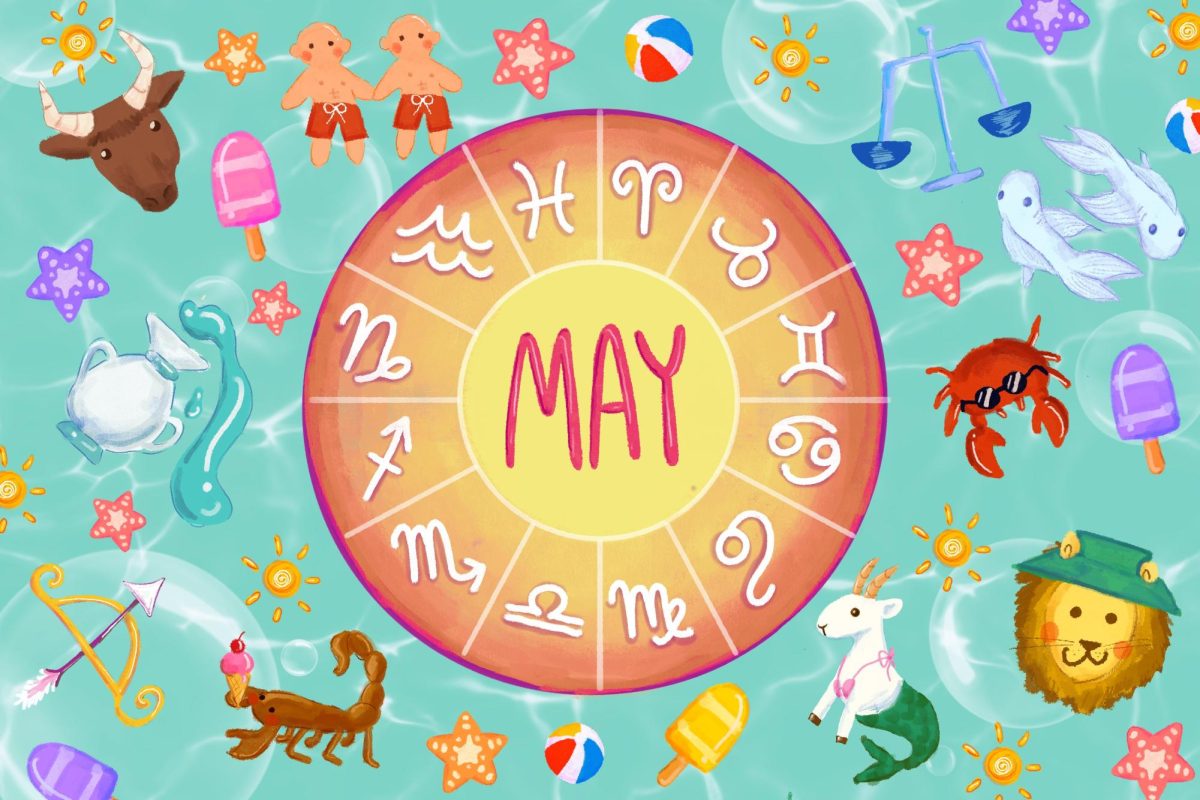Nonsensical plot stymies Cronenberg’s ‘Maps’
David Cronenberg’s “Maps of the Stars” satirizes celebrity culture.
March 3, 2015
“Maps to the Stars,” David Cronenberg’s newest feature is a horrifyingly hilarious satire of Hollywood culture. Cronenberg is often recognized for his weird, daring films, “Maps to the Stars” follows such. The film, which follows a stereotypical Hollywood family, exposes the city’s profound effect on its affluent, envious inhabitants.
The film begins with the contradiction of Havana Segrand (Julianne Moore) sitting cross-legged on a yoga mat in her decadent Hollywood house, surrounded by Hindu-related objects. She receives a call informing her that she failed to get the lead part in an upcoming indie picture — in a violent shift, she hurls her smart phone to the ground.
Another scene that demonstrates the film’s contradictory nature is when child actor Benjie Weiss (Evan Bird), after completing drug rehabilitation, visits a sick fan in her hospital room in an attempt at compassion. Benjie offers her an iPad and asks how she contracted AIDS The girl awkwardly informs him that she has Non-Hodgkin’s Lymphoma, leading to a tense glance shared between the child actor and his bodyguard, following with a later conversation about how Non-Hodgkin’s Lymphoma cannot be a real disease.
“Stars” is at its most thought-provoking when it derides modern celebrities. It hits on nearly every facet of the often-nauseating images of stars in today’s society. Benjie’s family contains, along with the off-putting child star, an overbearing mother focused on maximizing income (Olivia Williams) and a self-help guru whose supposedly Eastern ideas are counteracted with his undying obsession with his image and success (John Cusack). This disgusting pandemonium is alleviated by the addition of Havana, a quickly fading actress who is willing to do anything to stay in the limelight. Robert Pattinson also joins the mix, portraying a fame-hungry limo driver.
The acting, framing and sets in the film are all picturesque. Moore steals the show, showing an emotional range that stretches from crying over visions of her dead mother to celebrating tragic events in her rival’s life. Cronenberg also creates an impeccable world for his actors to inhabit.Their homes are large, gaudy and feature a tremendous amount of open space, much like the characters themselves. For instance, televisions in their homes almost always display videos of those who occupy them. Characters are nearly always depicted as isolated from those around them, which is representative of their narcissism and separation from humanity.
Unfortunately, the movie is utterly ruined by a nonsensical supernatural plot. “Stars” sporadically introduces visions of ghosts, a 1940s French poem, incest, water and fire, which all stem from Benjie’s forsaken, schizophrenic sister (Mia Wasikowska). Its attempts at tying them together and providing the film with greater meaning are completely lacking. Instead, the film strangely and inadequately travels between its biting satire and the disastrous, mystic plot.
It is a shame that “Maps to the Stars” is so intent on containing some universal meaning through supernaturalism. If it were to be just a lampoon of Hollywood, the film could be respectable in its satire. The plot is an unforgivable detriment to an otherwise promising film. Despite respectable acting and film-making, the film is not worth seeing.
A version of this article appeared in the Tuesday, March 3 print edition. Email Ethan Sapienza at [email protected].

























































































































































